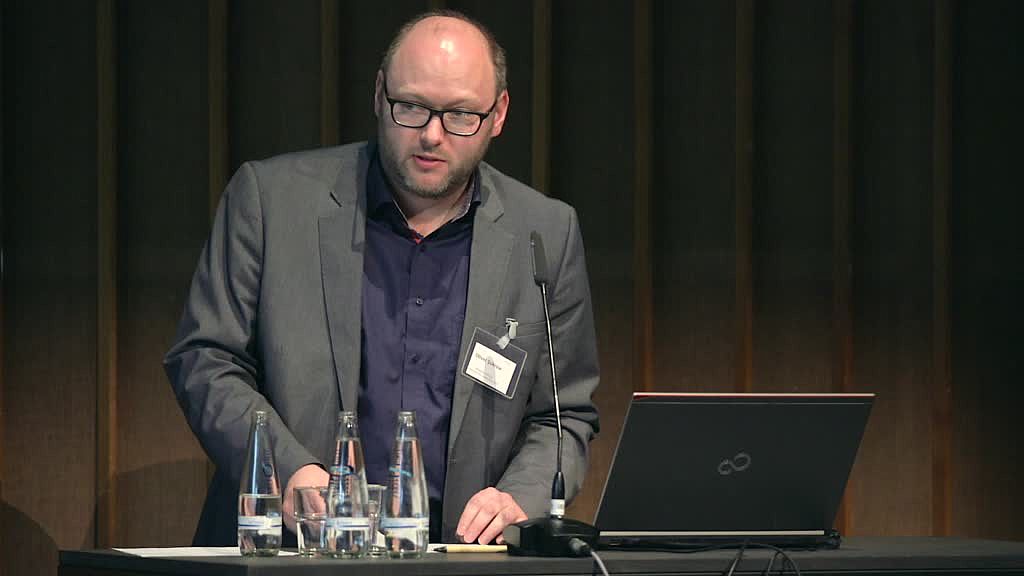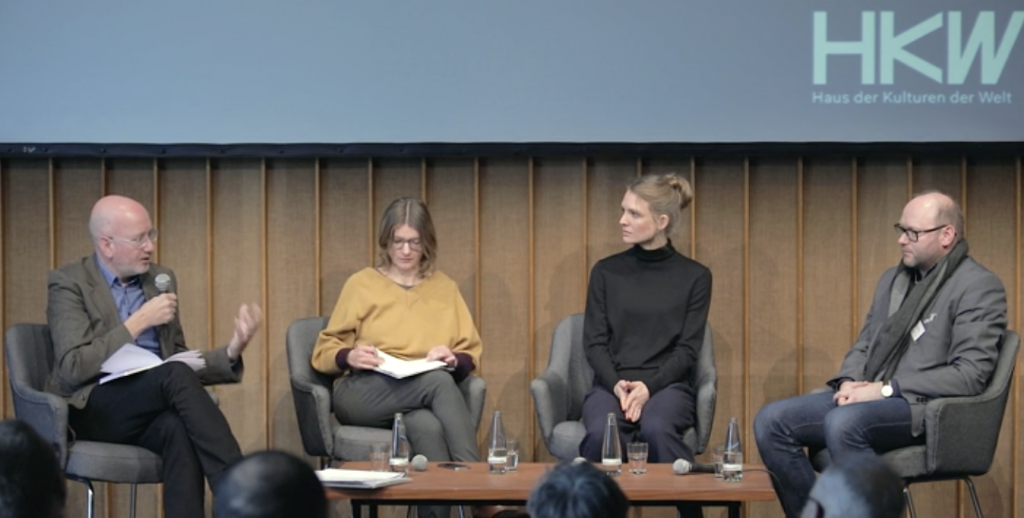Education Shock. Learning, Politics, and Architecture in the Global 1960s and 70s (Haus der Kulturen der Welt, Berlin, November 30–December 01, 2019)
In preparation for the exhibition „Education Shock“ (2021), the HKW Berlin and curator Tom Holert hosted an international two-day conference on the global architectures of learning and education in the 1960s and 1970s. I contributed with a talk on the history of the „Academy of Marxist-Leninist Organizational Theory“ in East-Berlin (1969) discussing the intersections of architecture, cybernetics, and politics of education during the Cold War.
„In the 1960s and 1970s, the educational sector expanded on a global scale. Demographics played just as important a role in this process as the transition from industrial to post-industrial society and the education arms race during the Cold War. Extensive reform programs engendered new architectures and learning environments around the world. However, these often progressively conceived of spatialities were also increasingly called into question – as were the cultures and institutions of education, architecture, and science as such.
The conference will discuss the spatial and educational policies of an era that also harbors a wealth of resources to inform the necessary renewal of today’s schools and universities.“
Presentation and discussion in the panel „Cybernetics and Type Building. Socialist Educational Architectures and Their Export“ (for the videos of the presentation and discussion click on the pictures) with Tim Holert, Dina Dorothea Falbe and Elke Beyer.
Link: https://www.hkw.de/en/programm/projekte/veranstaltung/p_164339.php.


